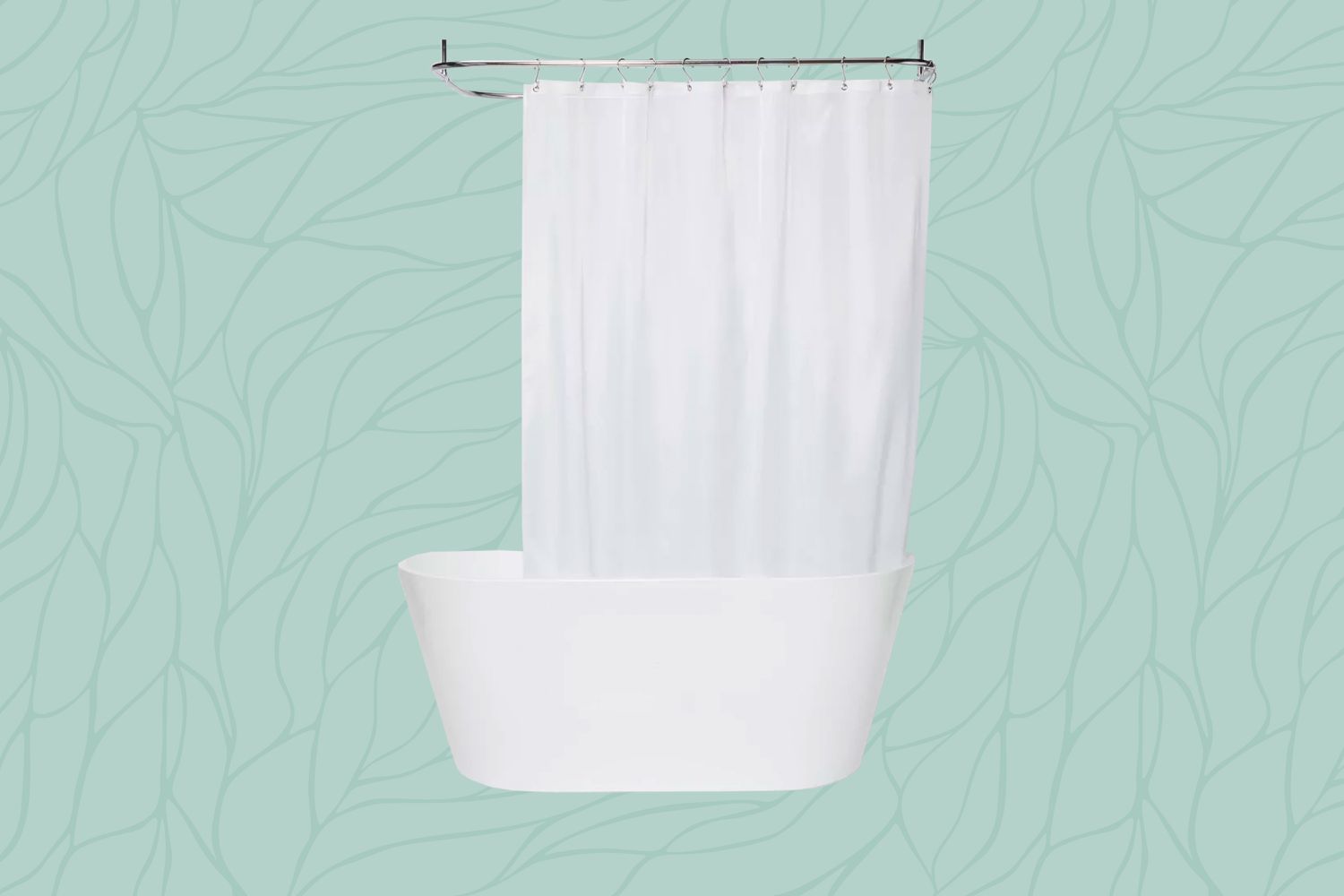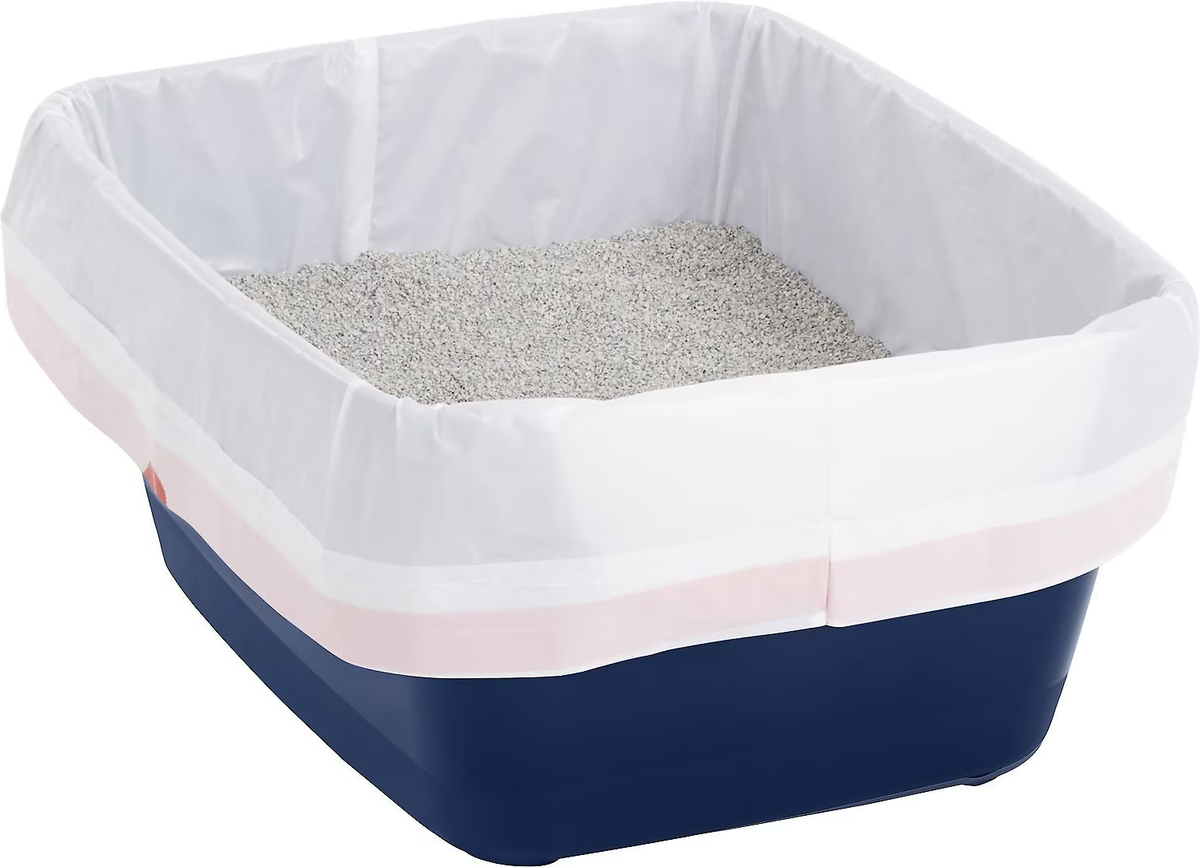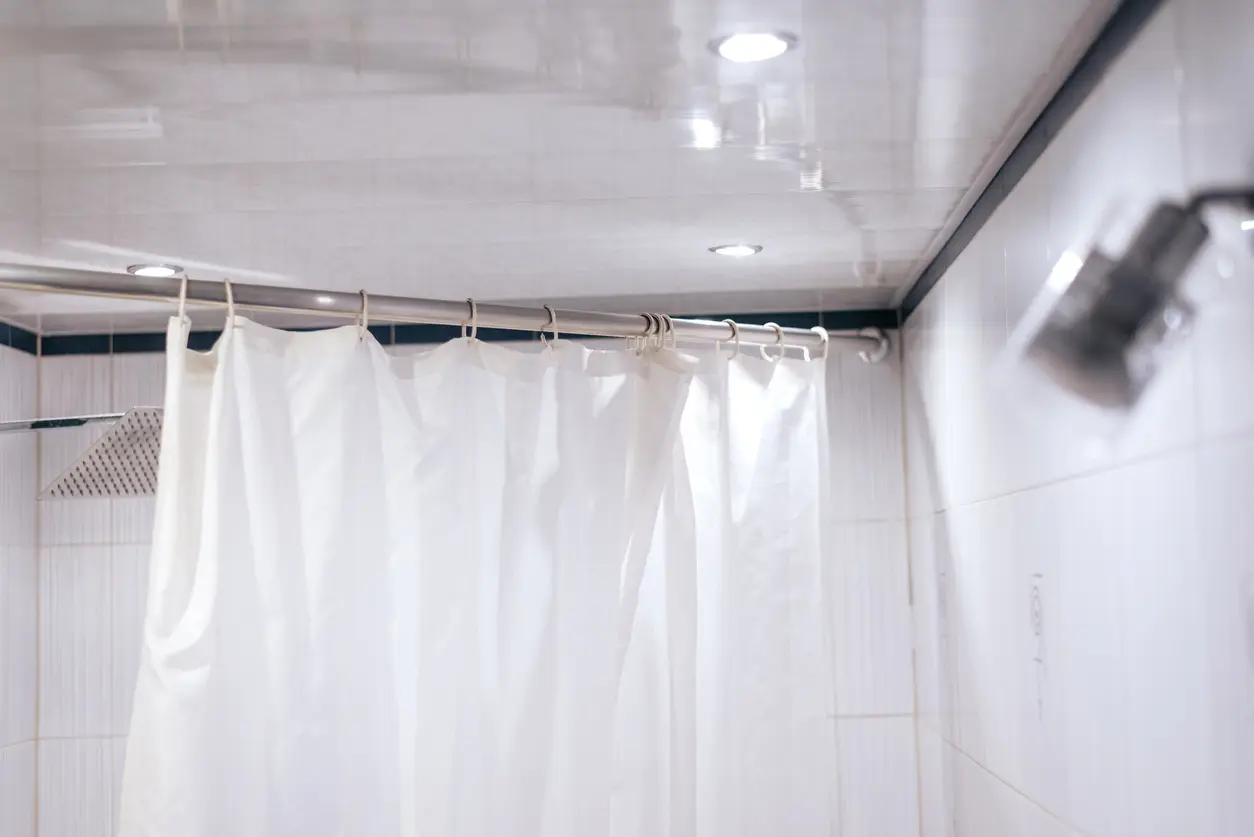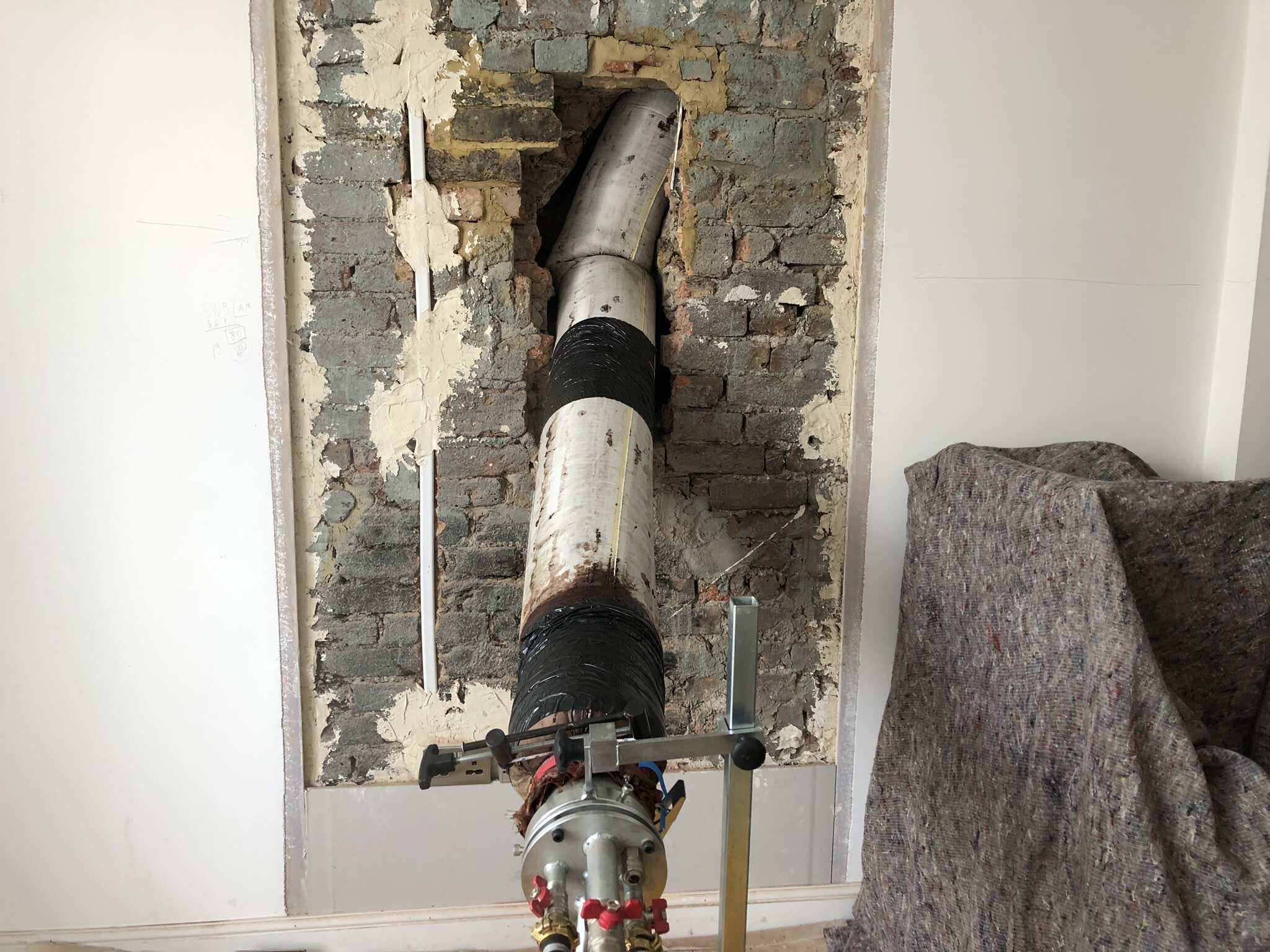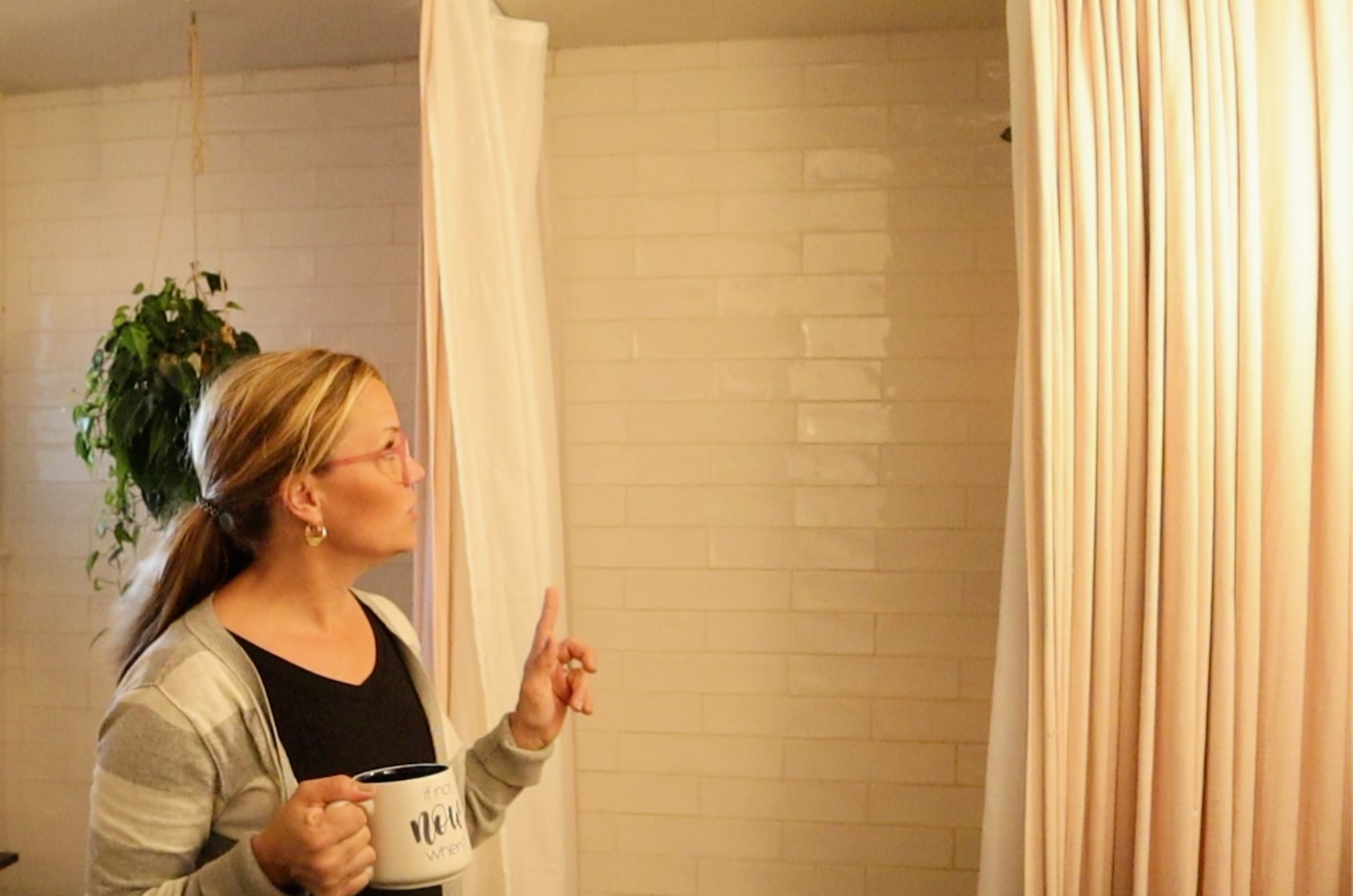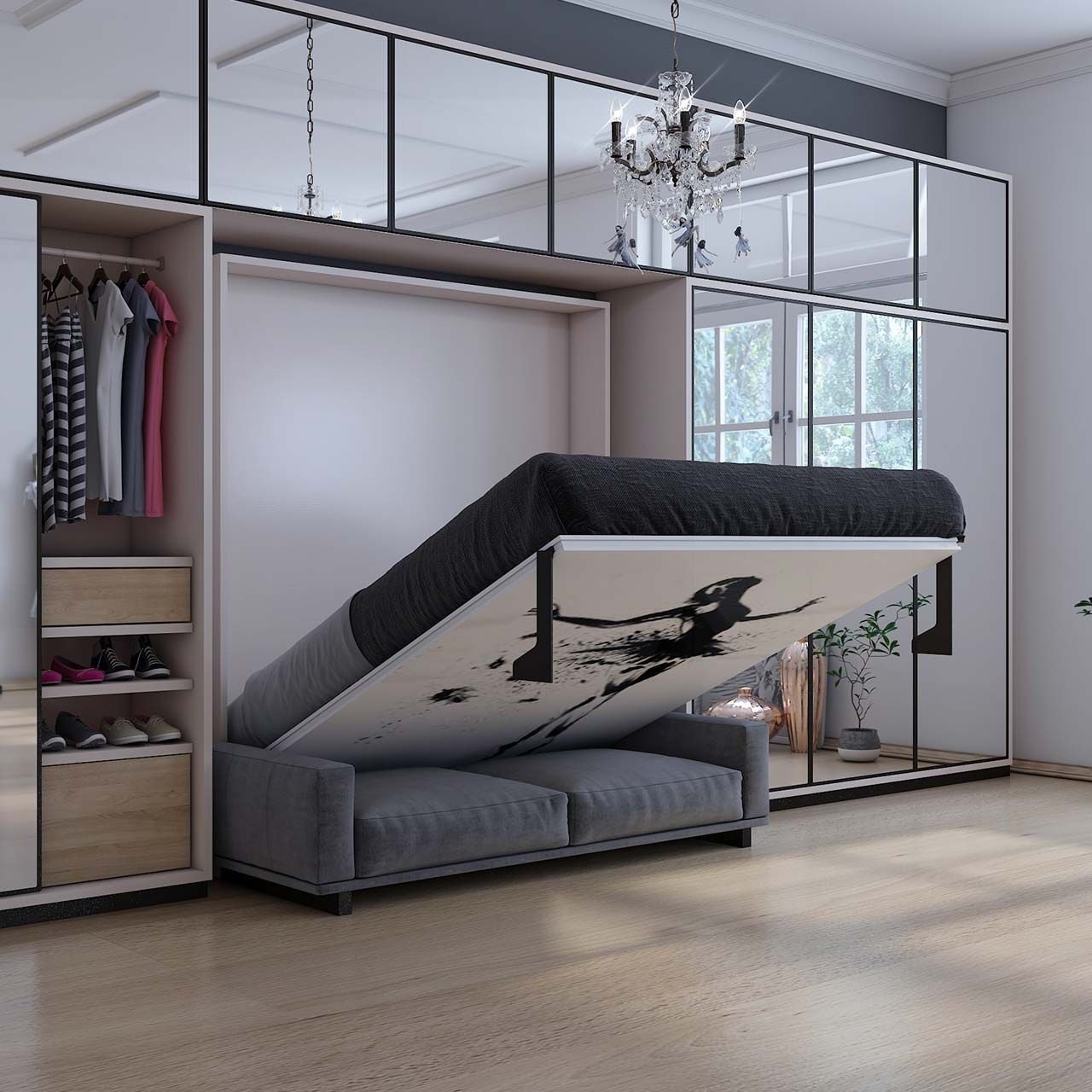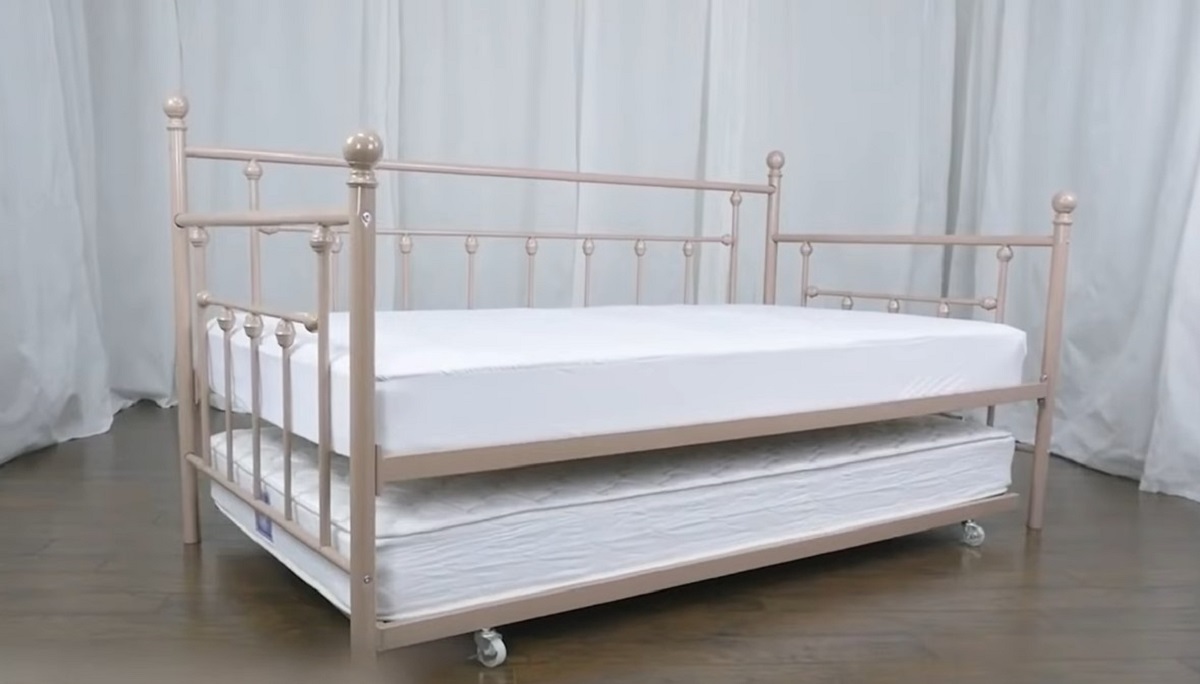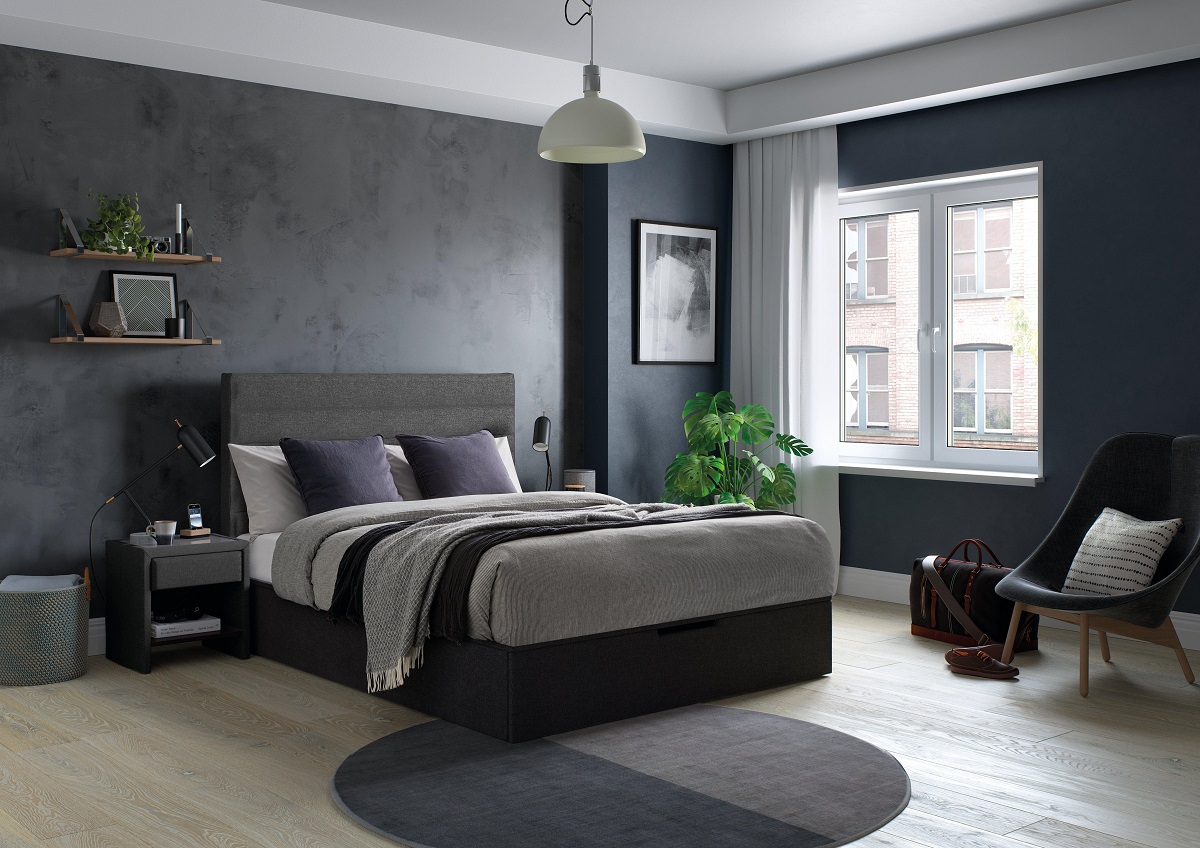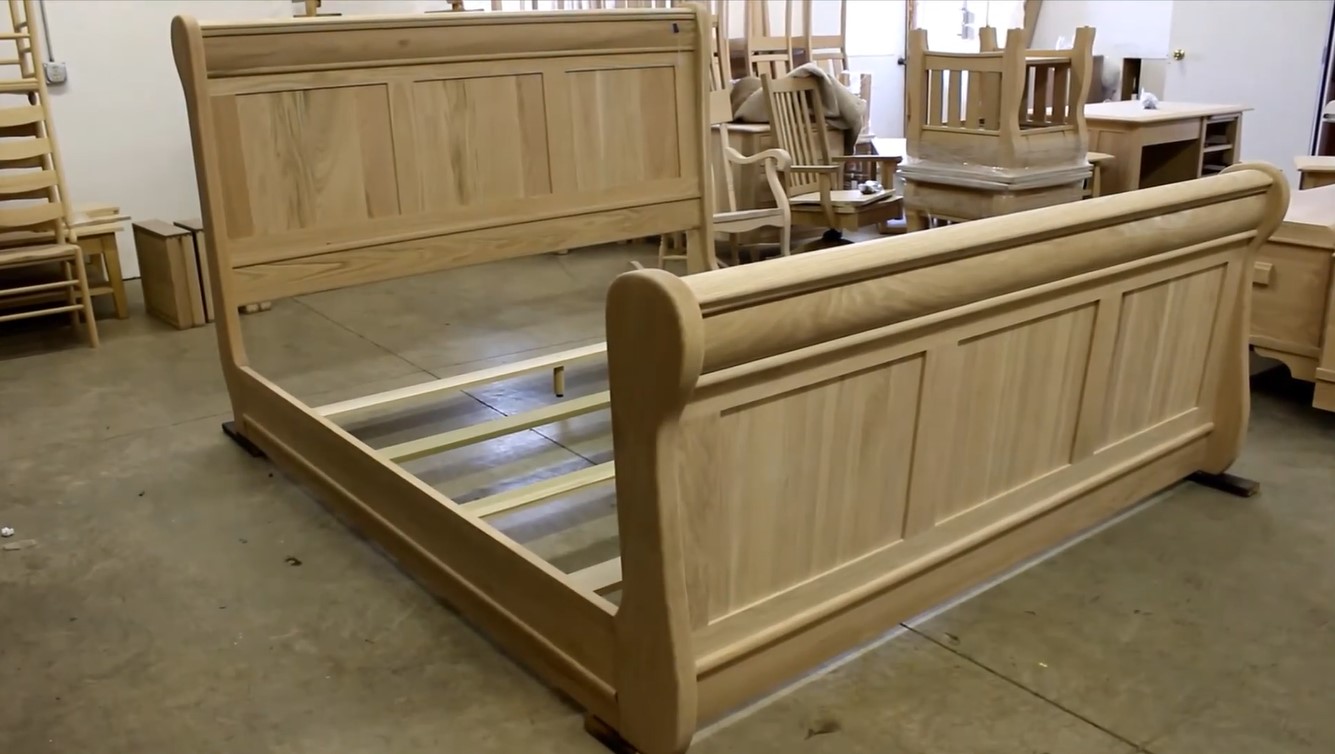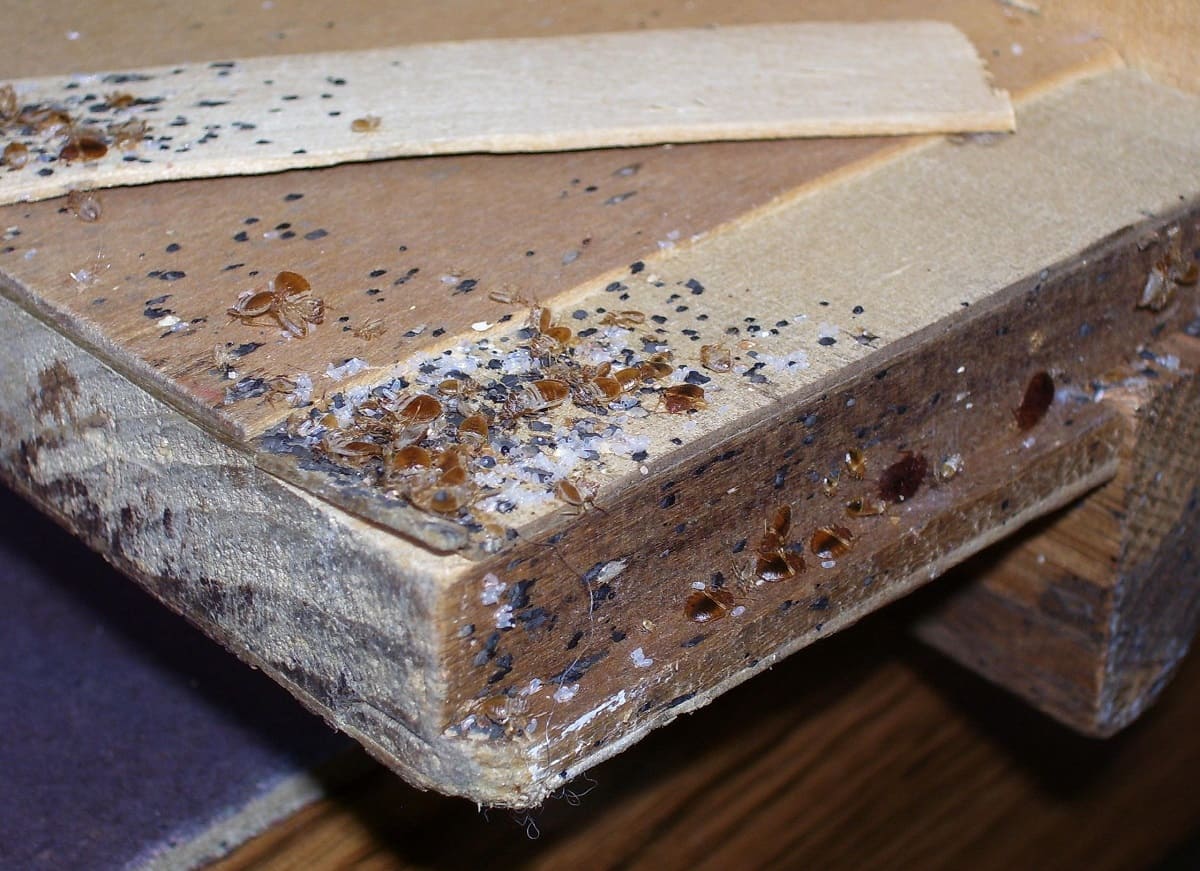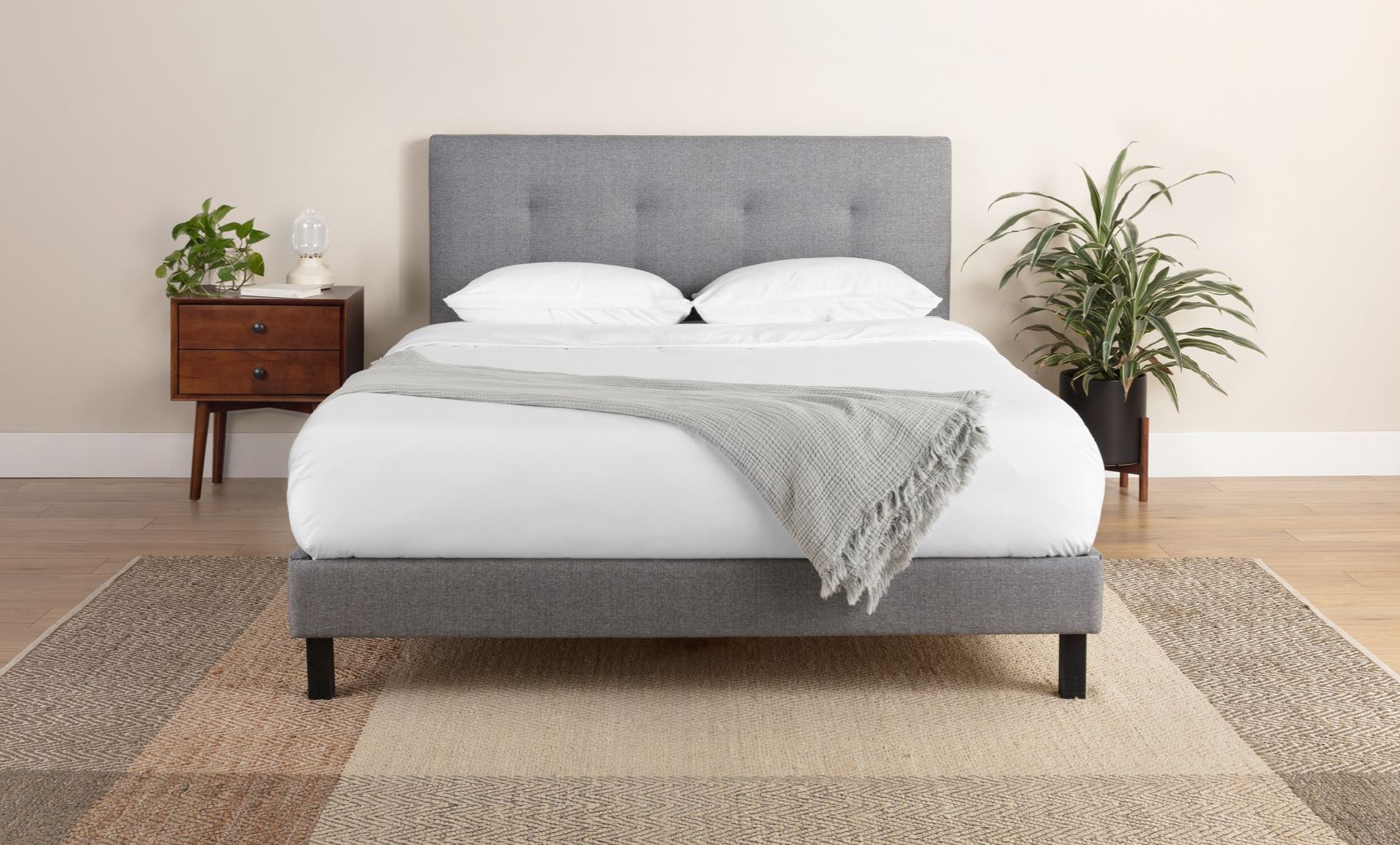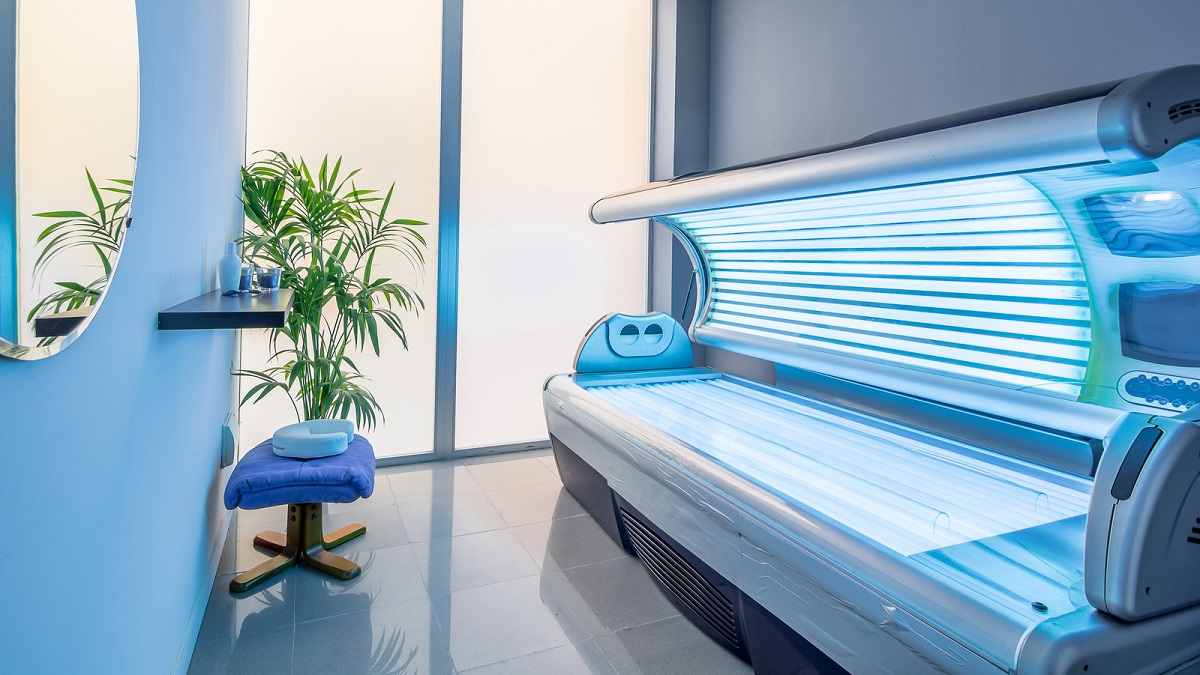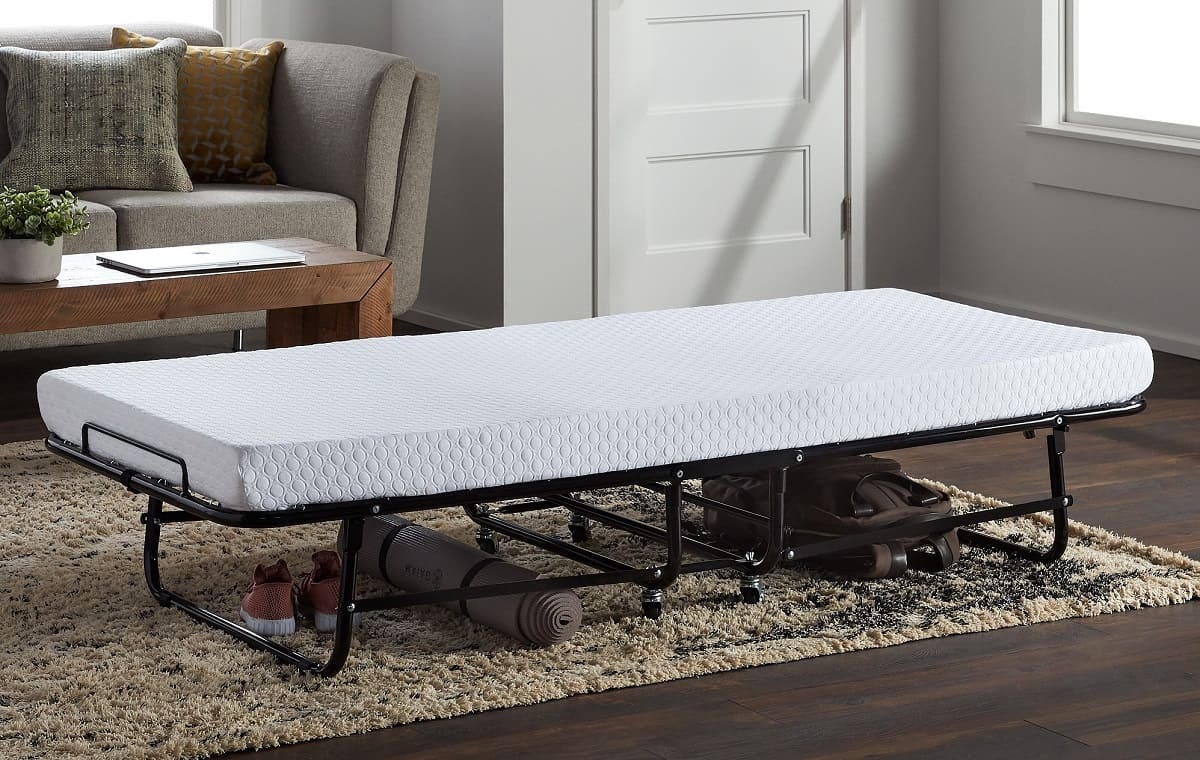Home>Furniture>Bedroom Furniture>What Is A Bed Liner
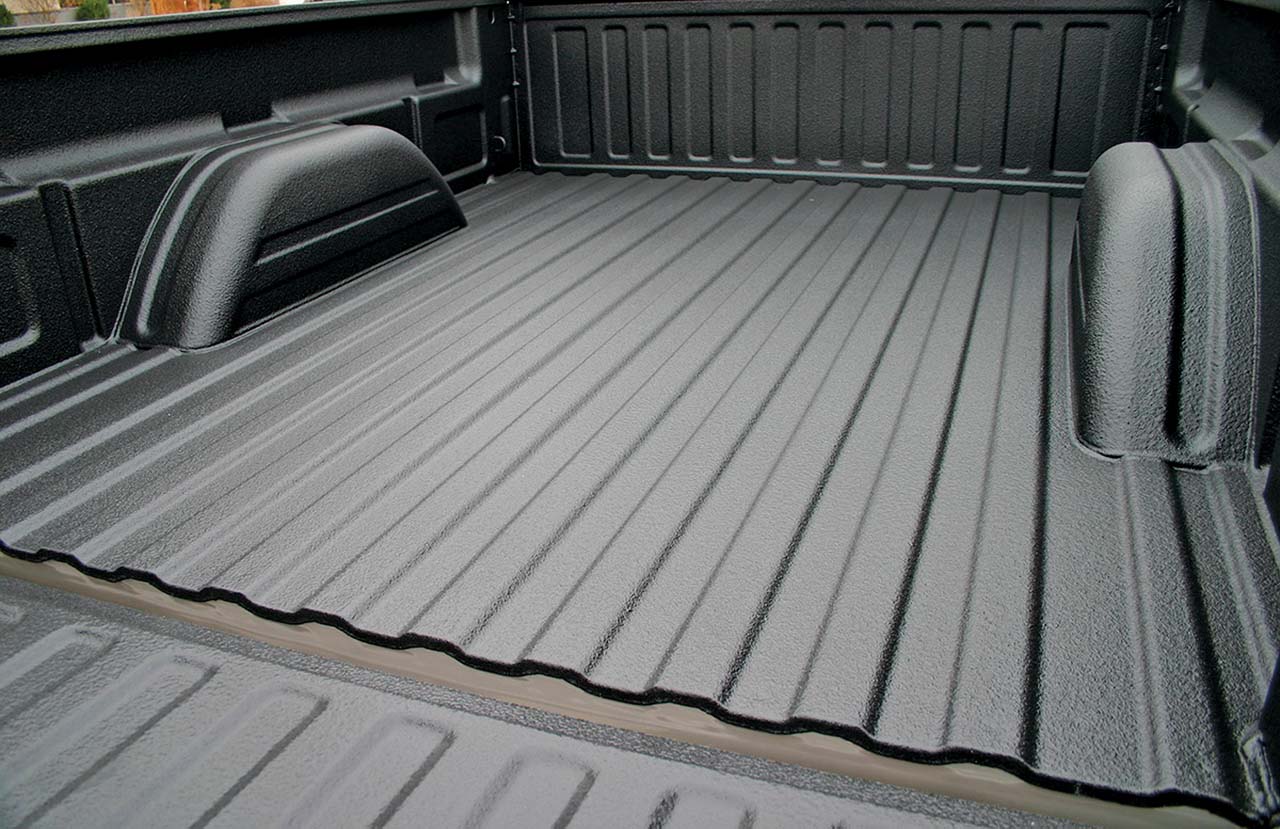

Bedroom Furniture
What Is A Bed Liner
Modified: January 23, 2024
Discover the benefits of using a bed liner for your bedroom furniture. Protect your investment and enhance the longevity of your bedroom set with a durable and stylish bed liner.
(Many of the links in this article redirect to a specific reviewed product. Your purchase of these products through affiliate links helps to generate commission for Storables.com, at no extra cost. Learn more)
Introduction
Welcome to the world of bedroom furniture! Your bedroom should be a sanctuary, a place where you can relax and unwind. And at the center of this peaceful haven lies one of the most essential pieces of furniture – the bed. But what really makes a bed complete? A comfortable mattress and a stylish bed frame are undoubtedly important, but one often overlooked element is the bed liner.
A bed liner is a protective covering that is placed on top of the mattress to safeguard it from stains, spills, allergens, and general wear and tear. It acts as a barrier between you and your mattress, ensuring that you can rest easy knowing your sleeping surface is clean and well-protected.
In this article, we will delve into the world of bed liners, exploring the different types available, their benefits and drawbacks, and the factors to consider when choosing one. We will also touch on the installation methods and maintenance required to keep your bed liner in top condition. So, let’s dive in and discover everything you need to know about bed liners.
Key Takeaways:
- Protect your mattress and enhance your sleep experience with a bed liner, offering benefits such as hygiene improvement, comfort enhancement, and prolonged mattress lifespan.
- Consider factors like material, size, waterproofing, and maintenance when choosing a bed liner to ensure it aligns with your preferences and provides optimal protection and comfort.
Read more: What Grit Sandpaper For Bed Liner
Definition of a Bed Liner
A bed liner is a protective covering that is designed to fit over a mattress, providing an additional layer of protection and comfort. It is typically made from materials such as polyester, cotton, or a combination of both. The bed liner acts as a shield against spills, stains, dust mites, bed bugs, and allergens, helping to keep your mattress clean and prolong its lifespan.
Bed liners come in various sizes to fit different mattress dimensions, ranging from twin to California king. They are usually equipped with elasticized corners or straps to ensure a snug and secure fit on the mattress. Some bed liners also have a waterproof or water-resistant feature, providing an extra safeguard against liquid spills or accidents.
Aside from protecting the mattress, a bed liner can also enhance the overall sleep experience. It adds a layer of padding and softness, making the bed more comfortable and cozy. Additionally, certain bed liners are designed with temperature-regulating properties, helping to keep you cool in the summer and warm in the winter.
Bed liners are available in various styles and thickness levels to cater to individual preferences. Some may prefer a thin and breathable bed liner for a minimalistic feel, while others may opt for a plush and thick bed liner for added cushioning. The choice ultimately depends on personal comfort and desired level of protection.
In summary, a bed liner is a protective covering that fits over a mattress, shielding it from stains, spills, allergens, and wear and tear. It not only provides an extra layer of protection but also enhances comfort and extends the lifespan of your mattress.
Types of Bed Liners
When it comes to bed liners, there are several different types to choose from, each offering unique features and benefits. Understanding the options available can help you make an informed decision that suits your needs and preferences. Here are some of the most common types of bed liners:
- Cotton Bed Liners: Cotton bed liners are popular for their breathability and softness. They are lightweight, hypoallergenic, and provide a natural and cozy sleeping surface. Cotton bed liners are great for those who prefer a cool and comfortable feel while sleeping.
- Polyester Bed Liners: Polyester bed liners are known for their durability and easy maintenance. They are resistant to wrinkles, stains, and fading, making them a practical choice for busy households. Polyester bed liners also tend to be more affordable compared to other materials.
- Waterproof Bed Liners: Waterproof bed liners are designed with a protective barrier that prevents liquids from seeping into the mattress. They are ideal for people with young children, pets, or those prone to accidents. Waterproof bed liners can also help protect against spills, sweat, and bedwetting.
- Memory Foam Bed Liners: Memory foam bed liners provide superior comfort and support by contouring to the body’s shape. They offer pressure relief and can help alleviate body aches and pains. Memory foam bed liners are especially beneficial for those with joint or back issues.
- Bamboo Bed Liners: Bamboo bed liners are gaining popularity due to their eco-friendly and sustainable nature. Bamboo fibers are naturally breathable, moisture-wicking, and antimicrobial, making them an excellent choice for those seeking a clean and hygienic sleep environment.
These are just a few examples of the different types of bed liners available. It’s important to consider your specific needs, budget, and preferences when selecting a bed liner. Whether you prioritize breathability, waterproofing, or exceptional comfort, there is a bed liner out there to suit your requirements.
Benefits of Using a Bed Liner
Using a bed liner on your mattress offers numerous benefits beyond just protecting it from spills and stains. Let’s explore some of the advantages of using a bed liner:
- Protection: One of the primary benefits of using a bed liner is the protection it provides for your mattress. It acts as a barrier between the mattress and potential hazards such as spills, allergens, dust mites, and bed bugs. By keeping these irritants away from your mattress, a bed liner helps to maintain the cleanliness and longevity of your sleeping surface.
- Easier Cleaning: Bed liners are designed to be removable and machine washable, making them much easier to clean than the entire mattress itself. If there is a spill or accident, you can simply remove the bed liner and toss it in the washing machine for a quick and hassle-free cleaning process.
- Improved Hygiene: Bed liners can significantly improve the hygiene of your sleeping environment. They create a barrier against sweat, oils, and skin particles that can accumulate on the mattress over time. By reducing the buildup of these substances, bed liners help create a cleaner and healthier sleep space, particularly beneficial for individuals with allergies or sensitivities.
- Enhanced Comfort: Certain bed liners, such as memory foam or plush options, can enhance the comfort of your mattress. They provide an additional layer of cushioning and support, helping to relieve pressure points and promote a more restful sleep. If your mattress feels too firm or lacks padding, a bed liner can make a noticeable difference in terms of comfort.
- Prolonged Mattress Lifespan: By protecting your mattress from spills, stains, and general wear and tear, a bed liner can help extend its lifespan. Mattresses are an investment, and using a bed liner can help you get the most out of your purchase by keeping it in good condition for years to come.
- Customization: Bed liners come in various styles, materials, and thickness levels, allowing you to customize your sleeping experience. Whether you prefer a breathable cotton bed liner, a waterproof option, or a memory foam bed liner for added comfort, you can find the perfect fit for your needs and preferences.
Overall, using a bed liner offers a range of benefits including mattress protection, easier cleaning, improved hygiene, enhanced comfort, longer mattress lifespan, and customization options. Investing in a quality bed liner can make a significant difference in the quality of your sleep and the longevity of your mattress.
Drawbacks of Using a Bed Liner
While using a bed liner offers several benefits, it’s important to consider the potential drawbacks as well. Here are some of the drawbacks of using a bed liner:
- Added Expense: Purchasing a bed liner is an additional expense on top of buying a mattress. Depending on the quality and type of bed liner, the cost can vary. It’s essential to factor in the cost when budgeting for your bedding needs.
- Size Compatibility: Not all bed liners are available in every mattress size. You may find that certain bed liners do not fit properly or do not offer the same level of protection for non-standard mattress sizes. It’s crucial to ensure the bed liner you choose is compatible with your specific mattress dimensions.
- Shifts or Slippage: Some bed liners may have a tendency to shift or slip on the mattress, especially if they don’t have secure straps or elasticized corners. This can lead to discomfort or an uneven sleeping surface. It’s important to select a bed liner that stays in place and provides a secure fit.
- Heat Retention: Certain types of bed liners, particularly those made of thicker materials or with less breathability, may retain heat. This can cause discomfort, especially for individuals who tend to sleep hot. It’s important to choose a bed liner that balances comfort and breathability, especially if you live in a warmer climate or have a tendency to sleep warm.
- Maintenance: While bed liners are designed to be easy to clean, they still require regular maintenance. Depending on the material, some bed liners may require more frequent washing or special care instructions. It’s important to follow the care instructions provided by the manufacturer to ensure the longevity and cleanliness of your bed liner.
Keep in mind that many of these drawbacks can be mitigated by selecting a high-quality bed liner from a reputable brand. Taking the time to research and read customer reviews can help you avoid potential issues and ensure a positive experience with your chosen bed liner.
Ultimately, it’s important to weigh the benefits against the potential drawbacks when deciding whether to use a bed liner. For many people, the added protection, improved hygiene, and comfort outweigh any potential downsides, making a bed liner a worthwhile investment.
When choosing a bed liner for your truck, consider factors such as material (plastic, rubber, or spray-on), installation method, and level of protection needed for your truck bed. Research and compare options to find the best fit for your specific needs.
Read also: 10 Unbelievable Bed Liner for 2024
Factors to Consider When Choosing a Bed Liner
When selecting a bed liner for your mattress, there are several important factors to consider. Taking these factors into account will help you choose a bed liner that is the perfect fit for your needs and preferences. Here are some key considerations:
- Material: The material of the bed liner is crucial as it determines its breathability, comfort, and durability. Common materials include cotton, polyester, memory foam, and bamboo. Consider your personal preferences regarding softness, temperature regulation, and hypoallergenic properties when selecting the material.
- Size and Fit: Ensure that the bed liner is the correct size for your mattress. It should have a snug and secure fit to prevent shifting during sleep. Check the product specifications and measure your mattress accurately to find the right size bed liner.
- Waterproofing: If spills or accidents are a concern, consider a bed liner with waterproof or water-resistant properties. This feature can help protect your mattress from liquid damage and stains. Look for bed liners with a reliable waterproof barrier to ensure effective protection.
- Comfort and Support: Some bed liners offer additional padding or ergonomic support, such as memory foam or plush options. Consider your desired level of comfort and support to enhance your sleep experience. Keep in mind that certain materials may retain more heat or provide different levels of cushioning.
- Allergen Protection: If you have allergies or sensitivities, opt for a bed liner that is hypoallergenic and resistant to dust mites, bed bugs, and other allergens. Look for certifications or labels indicating its allergen protection capabilities.
- Maintenance: Consider the maintenance requirements of the bed liner. Some can be machine washed, while others may require specialized cleaning or spot treatments. Choose a bed liner that fits into your maintenance routine and lifestyle.
- Price and Value: Set a budget for your bed liner purchase and evaluate the price in relation to the features and benefits it offers. Keep in mind that a quality bed liner is an investment that can prolong the lifespan of your mattress and enhance your sleep experience.
Take the time to research different brands, read customer reviews, and compare product specifications before making a decision. This will ensure that you choose a bed liner that meets your specific requirements and provides the best value for your money.
By considering these factors, you can make an informed decision and select a bed liner that aligns with your preferences, enhances your comfort, and protects your mattress for years to come.
Installation Methods for Bed Liners
Installing a bed liner on your mattress is typically a straightforward process. While the exact methods may vary slightly depending on the specific bed liner and mattress type, here are the general steps to follow:
- Prepare the mattress: Start by removing any bedding, such as sheets, duvets, or mattress protectors, from the mattress. Ensure that the mattress surface is clean, dry, and free of any debris.
- Unpack and unfold the bed liner: Carefully remove the bed liner from its packaging and unfold it, ensuring that it is fully extended and flat before proceeding.
- Align the corners: Position the bed liner over the mattress, making sure to align the corners of the bed liner with the corners of the mattress. Some bed liners have elasticized corners that will snugly fit around the corners of the mattress, while others may have straps or fasteners to secure them in place.
- Tuck in the sides: Once the corners are aligned, tuck in the sides of the bed liner under the mattress. This will help to keep the bed liner in place and ensure a smooth and secure fit. If the bed liner has straps, loop them under the mattress and fasten them according to the manufacturer’s instructions.
- Adjust and smooth: Take a moment to adjust the bed liner, ensuring there are no wrinkles or bunching. Smooth out any creases or folds, making sure that the bed liner lays flat and evenly covers the mattress surface.
- Add bedding: After the bed liner is properly installed, you can proceed to add your sheets, blankets, and other bedding elements of your choice for a cozy and comfortable sleep environment.
It’s important to refer to the specific instructions provided by the manufacturer of your bed liner for any additional guidance or steps specific to your particular product. Some bed liners may have specific care instructions or details on how to secure them properly.
Remember to periodically remove and wash your bed liner according to the manufacturer’s recommendations to keep it clean and hygienic. Regularly inspect the bed liner for any signs of wear or damage and replace it if necessary to maintain its effectiveness in protecting your mattress.
By following these installation methods and properly caring for your bed liner, you can ensure a snug and secure fit on your mattress, providing the protection and comfort you desire for a restful night’s sleep.
Maintenance and Care of Bed Liners
Proper maintenance and care of your bed liner are essential to keep it clean, hygienic, and in good condition. While specific instructions may vary depending on the material and manufacturer, here are some general tips to help you maintain and care for your bed liner:
- Regular Cleaning: It is recommended to clean your bed liner regularly to keep it fresh and free from dust, allergens, and stains. Most bed liners are machine washable, but always check the manufacturer’s instructions for specific cleaning recommendations. Follow the recommended wash temperature and use a mild detergent. Avoid using bleach or harsh chemicals that can damage the material.
- Spot Cleaning: For small spills or stains, spot clean the affected area using a mild soap or detergent and a clean cloth. Gently blot the stain rather than rubbing it, as rubbing can spread the stain further. Allow the spot to air dry completely before adding bedding back onto the mattress.
- Protective Covers: Consider using a mattress protector over your bed liner for an extra layer of protection. A mattress protector can help shield the bed liner from direct contact with spills, stains, and body oils. It is easier to remove and wash a mattress protector regularly instead of the entire bed liner.
- Frequent Inspection: Regularly inspect your bed liner for any signs of wear, damage, or deterioration. Look for tears, loose stitching, or any other issues that may compromise the effectiveness of the bed liner. If you notice any damage, consider repairing or replacing the bed liner promptly.
- Maintaining Breathability: If your bed liner is made of a breathable material, such as cotton or bamboo, it is important to maintain its breathability. Avoid using mattress toppers or additional layers that may restrict airflow and reduce the bed liner’s breathability. This will help ensure proper ventilation and prevent the buildup of heat and moisture.
- Rotate and Flip: To promote even wear and thorough airing out of your mattress and bed liner, rotate and flip your mattress periodically. This will distribute the pressure and weight more evenly, helping to prolong the life of both the mattress and the bed liner.
Remember to always follow the specific care instructions provided by the manufacturer of your bed liner. These instructions will help you maintain the quality and integrity of the bed liner and ensure its long-term effectiveness in protecting your mattress.
By incorporating these maintenance and care practices into your bedding routine, you can enjoy a clean, fresh, and comfortable sleep environment while maximizing the lifespan of your bed liner.
Conclusion
Bed liners play a vital role in protecting and enhancing your sleep environment. They provide a layer of defense against spills, stains, allergens, and general wear and tear, helping to keep your mattress clean, hygienic, and comfortable. By considering the various types of bed liners available, their benefits and drawbacks, and the factors to consider when choosing one, you can make an informed decision that suits your needs and preferences.
From cotton and polyester to waterproof and memory foam options, there is a bed liner for every preference and requirement. The installation process is typically straightforward, and regular maintenance is relatively easy, with most bed liners being machine washable. By following proper care guidelines, including regular cleaning and inspection, you can ensure the longevity and effectiveness of your chosen bed liner.
Using a bed liner offers a range of benefits, such as mattress protection, easier cleaning, improved hygiene, enhanced comfort, increased mattress lifespan, and customization options. It is an investment that pays off in terms of a cleaner, more comfortable, and durable sleep surface.
When it comes to creating a peaceful and rejuvenating sleep sanctuary, don’t overlook the importance of a bed liner. Consider your individual needs and preferences, weigh the benefits and drawbacks, and choose a bed liner that is compatible with your mattress size, offers the desired level of protection and comfort, and fits within your budget. With the right bed liner, you can enhance your sleep experience and enjoy a clean and hygienic sleeping environment for years to come.
Frequently Asked Questions about What Is A Bed Liner
Was this page helpful?
At Storables.com, we guarantee accurate and reliable information. Our content, validated by Expert Board Contributors, is crafted following stringent Editorial Policies. We're committed to providing you with well-researched, expert-backed insights for all your informational needs.
